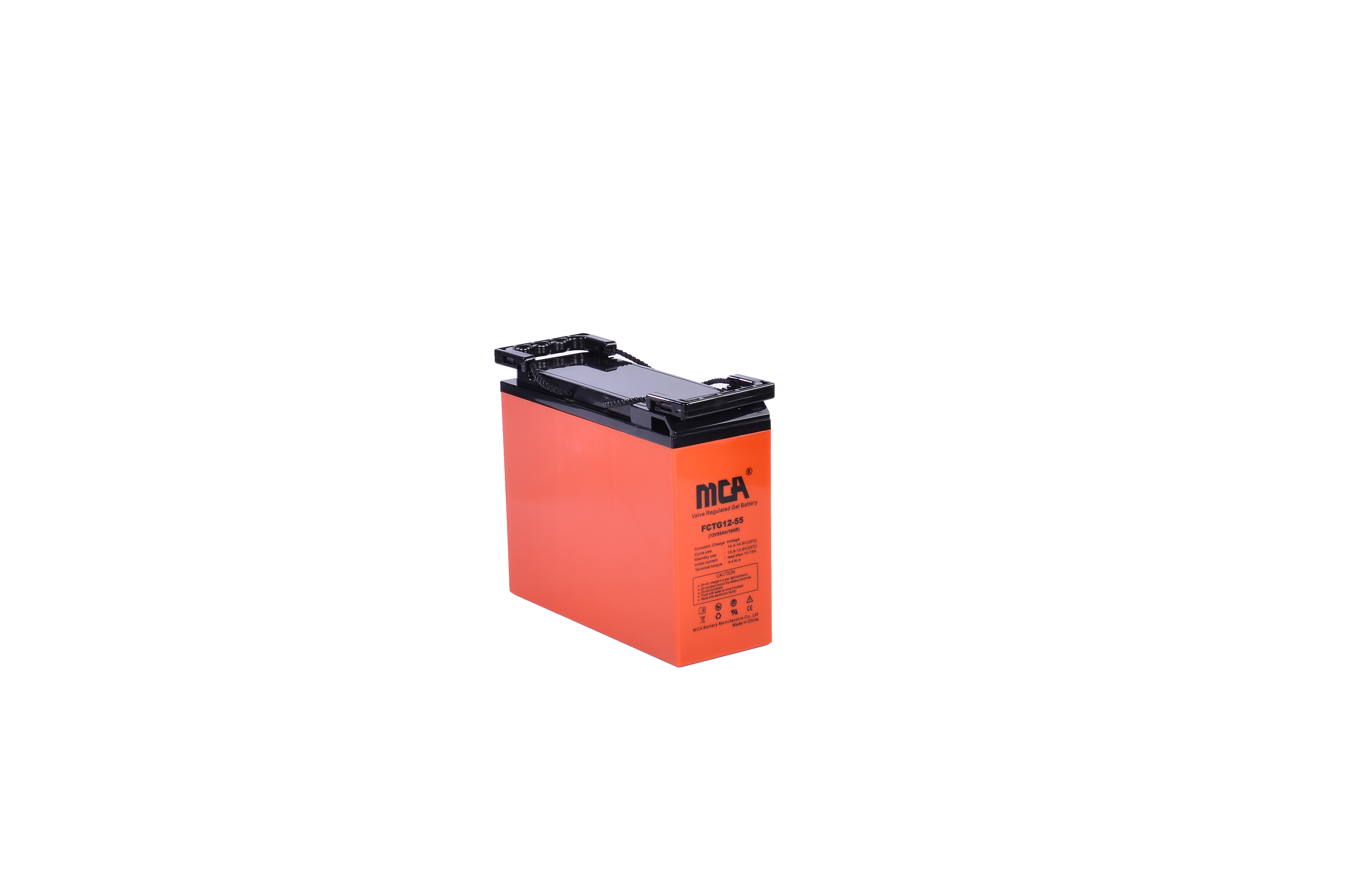13
2025
-
08
High Performance Lead Carbon Battery Solutions for Reliable Energy Storage
Lead Carbon Battery
Lead carbon batteries have emerged as a significant improvement over traditional lead-acid batteries, combining the reliability of lead-based technology with the performance advantages of carbon materials. These batteries are increasingly used in renewable energy systems, uninterruptible power supplies (UPS), telecommunications, and hybrid vehicles, where long cycle life, rapid charge acceptance, and deep discharge capabilities are critical.
One of the primary innovations of lead carbon batteries is the incorporation of carbon into the negative plate. This modification significantly enhances the battery’s charge acceptance, reduces sulfation, and improves overall lifespan. Unlike conventional lead-acid batteries, which may suffer from sulfation and capacity loss under partial state-of-charge conditions, lead carbon batteries can operate efficiently even with irregular charging cycles. This characteristic makes them particularly suitable for renewable energy storage, where solar and wind generation may be intermittent.
The performance benefits of lead carbon batteries extend to fast charging. The addition of carbon allows for higher charge currents without damaging the battery, enabling quicker recovery of energy storage. This is critical in applications such as grid stabilization and hybrid electric vehicles, where rapid response is necessary to manage energy fluctuations or support peak loads. Additionally, the improved charge efficiency reduces energy losses during charging, enhancing overall system efficiency.
Lead carbon batteries also exhibit remarkable deep discharge performance. Their structure and materials allow for repeated deep discharges without significant degradation, offering greater flexibility in energy management. This is particularly valuable in off-grid energy storage, backup power systems, and industrial applications, where extended discharge periods may be required. The batteries maintain high capacity retention even after thousands of cycles, providing long-term reliability and lower total cost of ownership compared to conventional lead-acid solutions.
Safety and environmental considerations are central to lead carbon battery design. These batteries typically operate at lower internal temperatures and are less prone to thermal runaway than traditional lithium-ion systems. The lead-carbon chemistry is well-established, and recycling processes are mature, making them an environmentally responsible choice. Reduced maintenance requirements and longer service life further contribute to sustainability by lowering resource consumption and minimizing waste.
Installation and operational flexibility are additional advantages. Lead carbon batteries are available in a range of sizes and formats, from standard rack-mounted units to custom modular designs. They can be deployed in series or parallel configurations, allowing energy storage systems to be tailored to specific voltage and capacity requirements. Many systems are compatible with existing lead-acid infrastructure, simplifying upgrades and replacements without significant changes to supporting equipment.
From an economic perspective, lead carbon batteries offer a cost-effective alternative to lithium-based storage for many applications. They combine the lower upfront costs of lead-acid technology with performance enhancements from carbon additives, achieving a balance between price, reliability, and efficiency. This makes them attractive for commercial and industrial energy storage projects, where budget constraints and operational reliability are equally important.
Monitoring and maintenance of lead carbon batteries are facilitated by advanced battery management systems (BMS). These systems track state-of-charge, voltage, temperature, and cycle count, ensuring optimal performance and early detection of potential issues. Remote monitoring capabilities allow operators to manage multiple battery installations efficiently, providing predictive maintenance and reducing downtime.
In summary, lead carbon batteries represent a significant evolution in energy storage technology. By integrating carbon into the lead-acid design, they achieve superior charge acceptance, deep discharge capability, and long cycle life, while remaining cost-effective and environmentally responsible. These features make them ideal for renewable energy storage, backup power, hybrid vehicles, and industrial applications. As the demand for reliable, high-performance energy storage solutions grows, lead carbon batteries are poised to play an increasingly important role in both grid-scale and off-grid systems.
Relevant News









